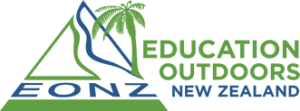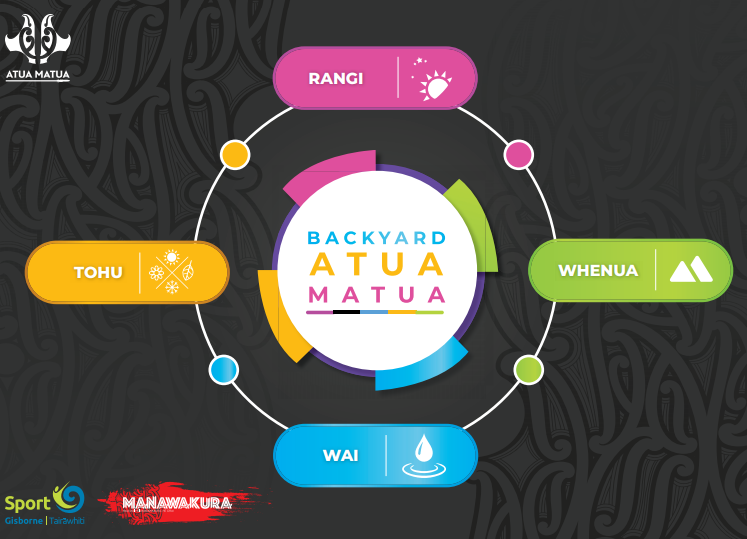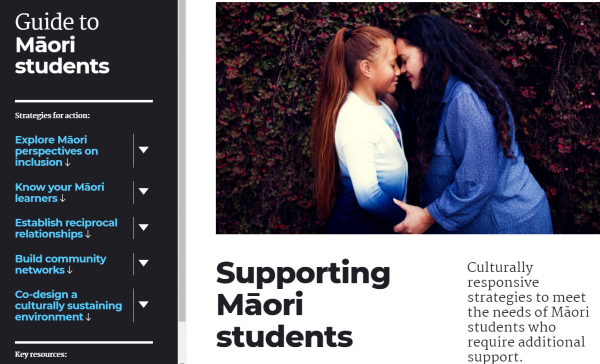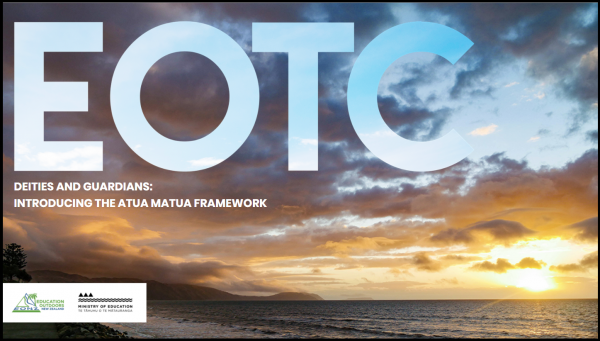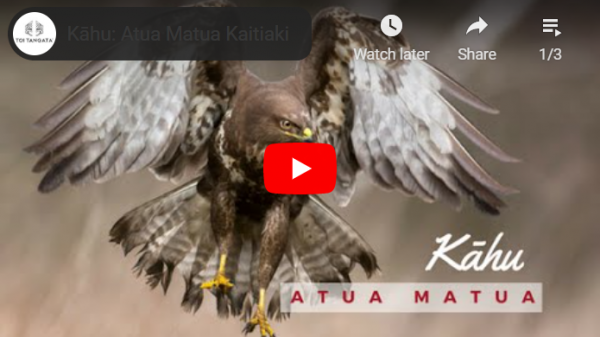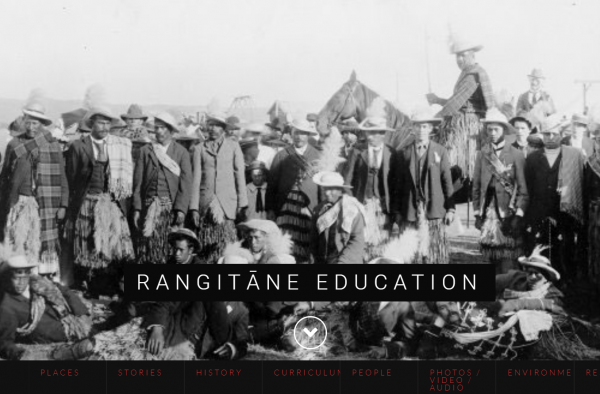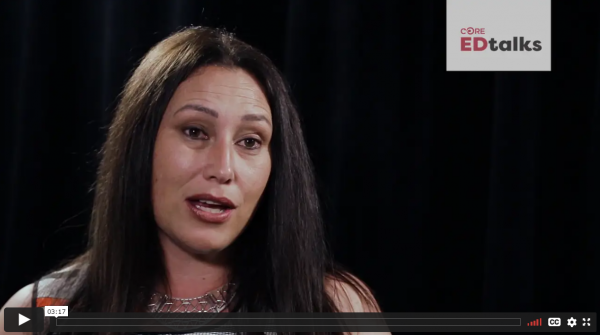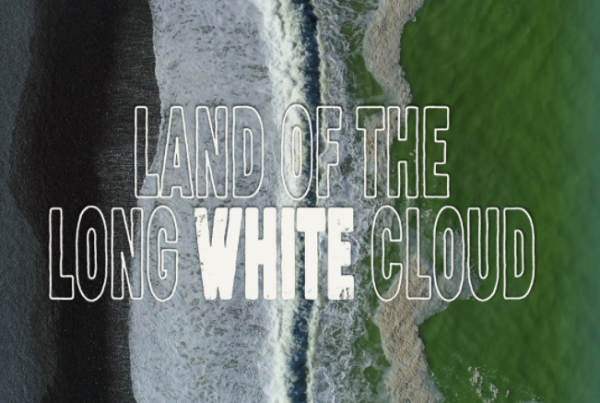Te Ao Māori
Resources for teaching and learning, classroom practice, and strengthening organisational capability competence.
Te Aō Māori Water Safety Resources
See the links below for water safety resources from a Te Aō Māori perspective
- Rauemi/Resources - Water Safety NZ
- Teaching water safety the Māori way (article)
- Tangaroa Ara Rau: Tangaroa the atua of human movement - Research report
Kupu Māori in Te Taiao
This PDF you can print, laminate and cut into a set of cards to take on your next haerenga in Te Taiao. A great way to learn some kupu māori, either for yourself or alongside your ākonga. Created by one of our Outdoor Education Kaiārahi Amorangi Apaapa.
Here are 2 videos breaking this resource down
Insights into kaupapa Māori
In this series of videos, Tuihana Pook, Hine Waitere and Tihirangi Brightwell explore 12 mātauranga Māori concepts
Writing karakia with ākonga - Shanan Miles and Amorangi Apaapa from Wintec, Te Pukenga.
Shanan and Amorangi share the process they went through in writing karakia for te ngahere, te moana, and te awa with their ākonga. They share the 3 karakia and encourage you to use these or try this process with your ākonga if you have the support to do so.
Here are the 3 karakia in written form, if using them please learn the story behind them (in the video)
Here is a PDF of the karakia you can print Karakia in Te Taiao
Te waonui ā Tāne
Kia whakanoa te tangata - Balance the people
Kārewa te kohu - Let the mist rise
Tū mai rā te waonui ā Tāne - Stand in the domain of Tāne
Tihei mauri ora
Te Hononga
Kia marino te moana - let the sea be calm
Kia marino ngā kare-a-roto - let the seat of the emotions be calm
Hono kau ana te waitī, ki te waitā - Connect the fresh to the salt water
Hono kau ana a Tangaroa kia hinemārama - Connect Tangaroa to Hinemārama
Haumi e hui e taiki e
Awa Teretere
He awa teretere, hoea te waka - a swift river can still be navigated
He wero nui, hoea te waka - the great challenge can still be navigated
Kia ruku, kia kārewa, kia manawanui - dive, rise, be steadfast
Tihei mauri ora
Karatī Metcalf shares his programme Mātauraka ō waho
Kramer Ronaki shares his whakaaro on the HPE whakatauki
Backyard Atua Matua
The Manawakura (Healthy Active Learning) team at Sport Gisborne Tairāwhiti have created this resource that uses the atua matua approach to learning. This approach involves experiencing your environment and learning to understand the knowledge it holds, particularly knowledge connected to atua and the tribal interpretations of that knowledge. It is targeted at primary tamariki, and is available in te reo Māori and English. Download the resources here.
Mātauranga Māori considerations within an Outdoor Education context
These considerations are a sharing of ideas between Outdoor Education kaiako of different ways we can connect with mātauranga Māori within Outdoor Education.
Mātauranga Māori considerations within an Outdoor Education context - google doc
Understanding Māori place names
These resources are a good starting point when learning about Māori place names. From here, follow up with mana whenua and check the version you are using is one they are happy with, they may be able to share with you deeper knowledge in relation to these places and names.
- Tiki Towns is a series of one minute videos explaining the correct pronunciation of some of our Māori place names and the history of those names.
- LINZ has some great resources. Maps of Te Ika a Maui and Te Wai Pounamu with an index of names, their meanings where known, and their equivalent names on contemporary mapping (4th and 5th rows in publications). Ngā Tohu Pūmahara, The Survey Pegs of the Past, Understanding Māori Place Names (7th row in publications). LINZ place names
- Watch keynote speaker Matt Matuhaere at the 2020 EOTC conference - What's in a name?
Tihei Taiao
- An amazing and informative resource. Tihei Taiao is a series of 2 minute videos focusing on different tipu (plants) in te taiao. It explores their uses for kai and/or rongoā and how to identify them. Tihei Taiao
Survive Aotearoa
Survive Aotearoa is an awesome series available online. Barrie and Chris travel all over New Zealand to spend 24 hours in a survival scenario that could happen to anyone: marooned boaters, lost hikers, stranded mountain climbers, or injured skiers. One great aspect to this series is the pair draw on traditional Māori knowledge to help them survive. Some fantastic learning throughout the series. Check it out here https://www.teamokura.com/tv-shows/survive-aoteroa/
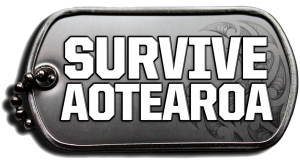
Good reads
- Yasmine Slater (Ngāti Kahu and Te Arawa) writes in an NZARE blog and provides a framework for understanding kaupapa Māori, outdoor play, and children’s wellbeing. Read Exploring the connection between Kaupapa Māori, outdoor play, and children’s wellbeing.
- Te Miri Rangi (Tūwharetoa, Te Arawa), a health promoter and the founder of Whakapapa Fridays offers perspectives on health and wellbeing. Read about Tamanuiterā, the sun and his two wives and more on this Spin-Off blog.
- Toi Tangata have an excellent webinar series called Kori tinana, Traditional Māori beliefs, values and practices of physical activity.
- Catherine Delahunty, former Green Party member of parliament, looks at why the Pākehā-dominated environmental and conservation movements are so often at odds with tangata whenua aspirations. Read Moving from tokenism to respect.
Integrating te reo Māori and tikanga Māori into classrooms
- TKI: Te Reo Māori in English-medium Schools community
- Guide to Māori students who require additional support on the Inclusive Education community on TKI has superb information applicable across classrooms and relationships.
Deities and Guardians: introducing the Atua Matua
View Deities and Guardians: introducing the Atua Matua, written to support a Māori world lens for the Ministry of Education and the relationship between Māori and the environment in 2016.
Other good resources supporting the work of writer Dr Ihirangi Heke (Waikato/Tainui) can be found on the Toi Tangata website. Here, Dr Heke has been working to develop an alternative to the current Māori health frameworks using a strength-based, culturally appropriate system drawing on atuatanga (environmentally based information), kaitiakitanga (indigenous role models) and tipua (esoteric knowledge).
Kā Huru Manu: The Ngāi Tahu Cultural Mapping Project
http://www.kahurumanu.co.nz/atlas
This project is dedicated to mapping the traditional Māori place names and associated stories within the Ngāi Tahu rohe (tribal area). Place names are tangible reminders of the Ngāi Tahu relationship with the landscape of Te Waipounamu. Over 5,000 place names have been mapped and fully referenced from whānau manuscripts, published books, 19th century maps, newspaper articles and a vast array of unpublished material.
Rangitāne o Wairarapa Education website
https://rangitaneeducation.com/
Here is superb information and education resources on a wide range of subjects from Te Ao Maori in the Wairarapa. This includes mythology, local Māori history, world views, tikanga, basic te reo, the natural world, basic needs ie food and social structure.
Documents, websites and other useful material produced by other sources have been utilized to provide a greater coverage and often to save duplication of an existing resource that aligns with understanding things Māori.
Giving mana to Tiriti o Waitangi in our schools
Janelle Riki-Waaka, on CORE Ed Talks, discusses how focusing on what it means to be a school unique to Aotearoa New Zealand and reflecting our bicultural heritage gives mana to Tiriti o Waitangi.
There are other excellent videos on the Core Education website, enough for one a week for a term and more.
Related information
- Classroom, Curriculum & Assessment
- Learning Activities for KIWI Outdoors in Aotearoa
- Junior Outdoor Education
- Haerenga (Journeys)
- Outdoor Education programme interviews.
- Low cost and local Outdoor Education ideas, activities and resources
- Outdoor Education planning considerations
- EOTC Conference 2020
- EOTC Research
- Good Practice Stories
- Publications
- Revisioning School Camps
- Sustainability
- Te Ao Māori
- Te Whakatika
- Journal of Outdoor and Environmental Education
- Unit Standard Assessment Resources
- Embracing Uncertainty Conference (EONZ, NZHEA, PENZ) 2021
